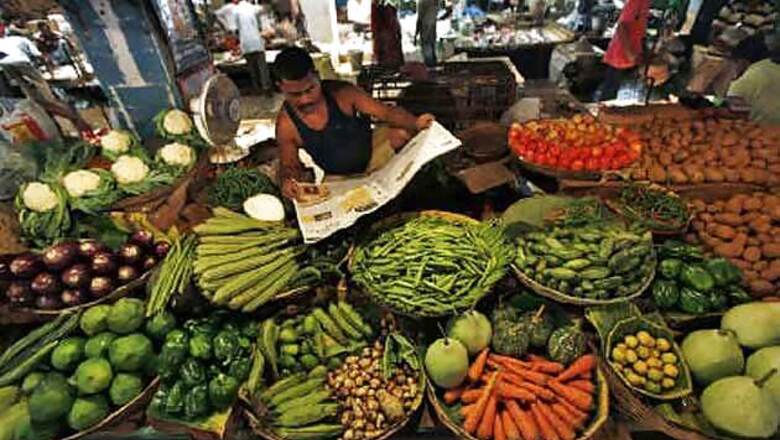
views
From 1921 to 1946 hyperinflation occurred in Hungary, Germany, Russia and elsewhere in Europe. It played havoc with these economies and gave rise to political tensions. In Germany Nazism took control of government resulting in World War II.
Persistent high inflation is a key macroeconomic challenge facing India. Recent slowdown of economic growth coupled with high consumer prices has resulted in a double digit inflation expectations both by consumers and investors. Inflation discourages savings and investment and leads to shortages.
There are many reasons for the current inflation - the root cause being imbalance between supply and demand for food / commodities. Monetary imbalances have also contributed to inflation.
To summarize these: [1]. Natural causes like unseasonal rains, floods, droughts, pests, and diseases. [2]. Increase in input prices. India is a major importer of phosphatic and complex fertilizers. Large subsidies provided to them would be unsustainable in the long run resulting in higher Cost Push Inflation. [3]. Unscientific farming- farmers reluctance to adopt new technologies has lowered crop yield and supply thereby resulting in Technological Gap Inflation. [4]. Rising crude oil prices has lead to a great extent what is known as Oil Push Inflation. [5]. Low per acre productivity is due to below world average crop yield especially in rice and wheat. [6]. Non-availability of high yield seeds has not prevented resistance to diseases. [7]. Minimum supply pricing system (MSP) sets floor price and thereby adds to food inflation. [8]. Poor weather forecasting system in India is due to outdated technology. It is unrealistic and helps only confuse the farmers.
Need for comprehensive approach to inflation
Focus is needed to enhance farm production through use of technology,
scientifically tested seeds and greater modernization. Lower input costs, increase the share of irrigated land, provide long term grain storage facilities, modernize food processing sector, simplify public distribution system through better coordination between various tiers of government, adopt crops that withstand changing weather conditions and bring in new technology in risk modeling and weather forecasting.
In addition to all these government should spend judiciously and not indulge in unsustainable handouts. India can no longer afford populist schemes of both Central and State governments.
Monetary policy needs to tightened to lower generalized inflation. Higher interest rates will be needed to sustainably reduce inflation. There is no trade off between inflation and growth. Inflation above 5% affects economy negatively. Policy makers have to realize that high inflation, low interest rates and declining rupee is a toxic mix.
(The article has been written by Dr. Mahendra S Kanthi Ph.D. [UK/USA -Econ] Former Member - Third State Finance Commission & Professor Emeritus-Saginaw Valley State University Michigan, USA)

















Comments
0 comment